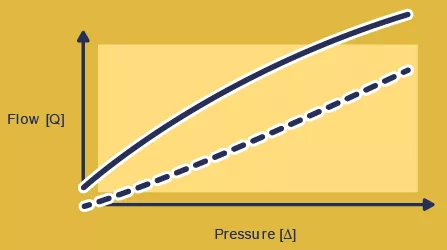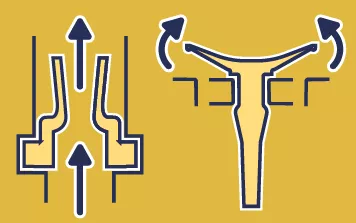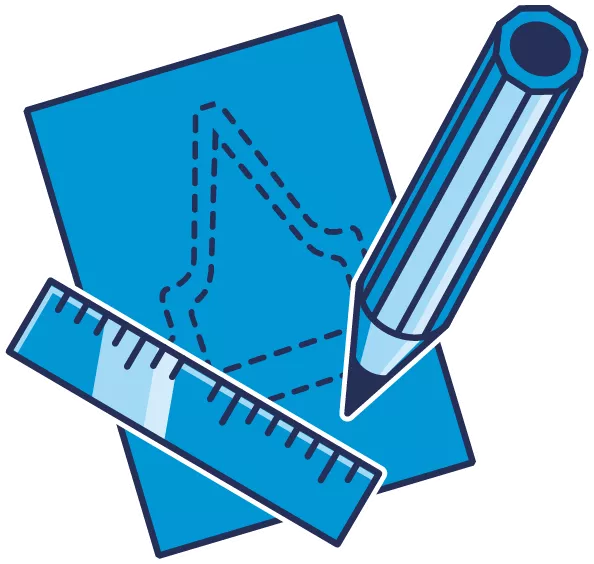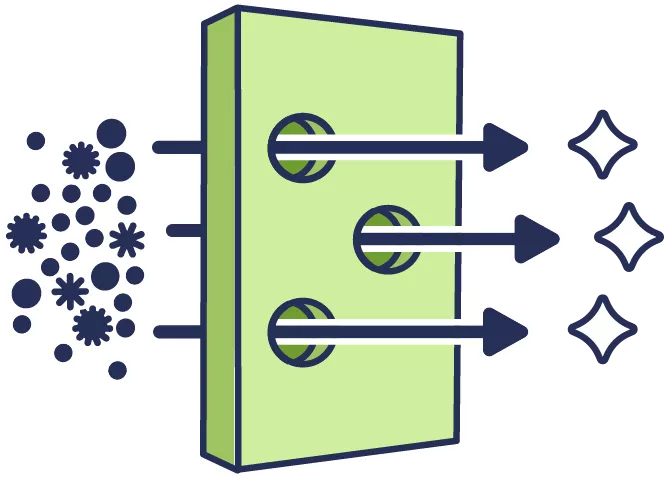Combination valves
Exactly as their name suggests, Combination Valves feature two different valves that work in tandem, as one. The Duckbill/Umbrella Valve combination comprises the key performance aspects of each, serving two separate functions at the same time and housed within the structure of a single valve.
Effectively, these valves are two-in-one, single elastomeric component valves. In the case of the Duckbill/Umbrella Valve, this typically means that one end of the device is a Duckbill Valve; while the other, is an Umbrella Valve. The function, benefits and advantages of each valve type are described in detail in their respective: “How they work!” sections.
Combination Valve Functions
Effectively, these are air-inlet valves and pressure-relief valves, all in one. Let’s imagine a part fitted or embedded in a container like a fuel tank. When the engine consumes fuel, the Duckbill Valve allows airflow into the tank at a low-pressure differential, in order to replace the fuel and to prevent a vacuum from being creating inside the tank. But, when fuel vapor builds up inside the tank and it gets too hot, the Umbrella Valve portion opens to relieve the accumulated pressure. Acting as a vent, it releases the excess gas (exhaust) into the atmosphere, often through a charcoal filter first. Meanwhile, the Duckbill Valve portion of the valve seals the vent hole, preventing any fuel from getting out.
Another application in which a Duckbill/Umbrella Valve combination proves an effective option is in a piston or diaphragm pump, with each directing flow to specifically designated, separate chambers or conduits. In this example, an Umbrella Valve opens in the inlet stroke. Then, with the outlet stroke, the Umbrella Valve immediately closes and the subsequent fluid is discharged through a Duckbill Valve. One component. Two valves. Two distinct functions working together.
Installation
Minivalve Duckbill/Umbrella Combination Valves work with specific seat designs so that they can be integrated seamlessly into almost any metal or plastic application. As stated elsewhere on our site, in order to find the right seat design and thickness for your needs, we advise consulting our recommended seat design instructions first, and then adapting them to your own specific needs.
Let’s say your valve requires a high flow rate. In this case, we suggest making the flow orifices in the seat as large as possible, which can be done by creating banana or C-shaped slots as openings. On the other hand, if your valve requires a low flow rate, or needs to withstand high reverse/backpressure, we suggest only creating one or two small flow orifices. Then ensure: A) that the valve seat has sufficient surface area to support the whole diaphragm under any back pressure and; B) that the outer diameter of the flow’s surface area doesn’t sit too closely to the edge of the umbrella otherwise there could be leakage. As ever, our engineers are only too happy to walk you through this process.
Background & Applications
Duckbill/Umbrella Combination Valves have been around for years. Their applications include vessel vent valves (eg: vehicle fuel tanks), intake and outlet valves (eg: piston and diaphragm pumps), two-way vent valves (eg: IV lines), and countless other fluid control functions in medical devices, transport, home appliances, toys, etc..















